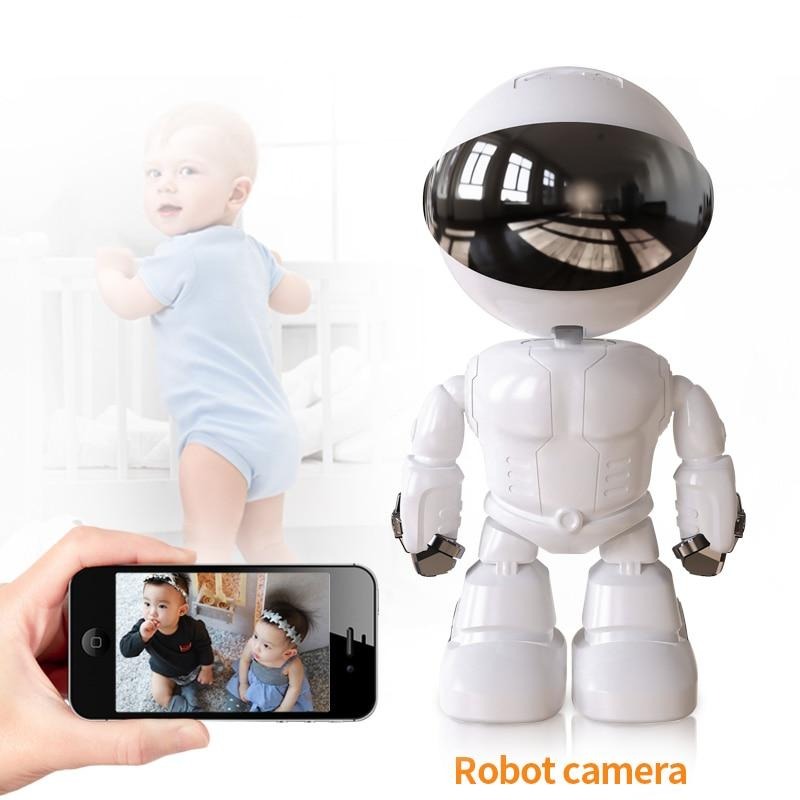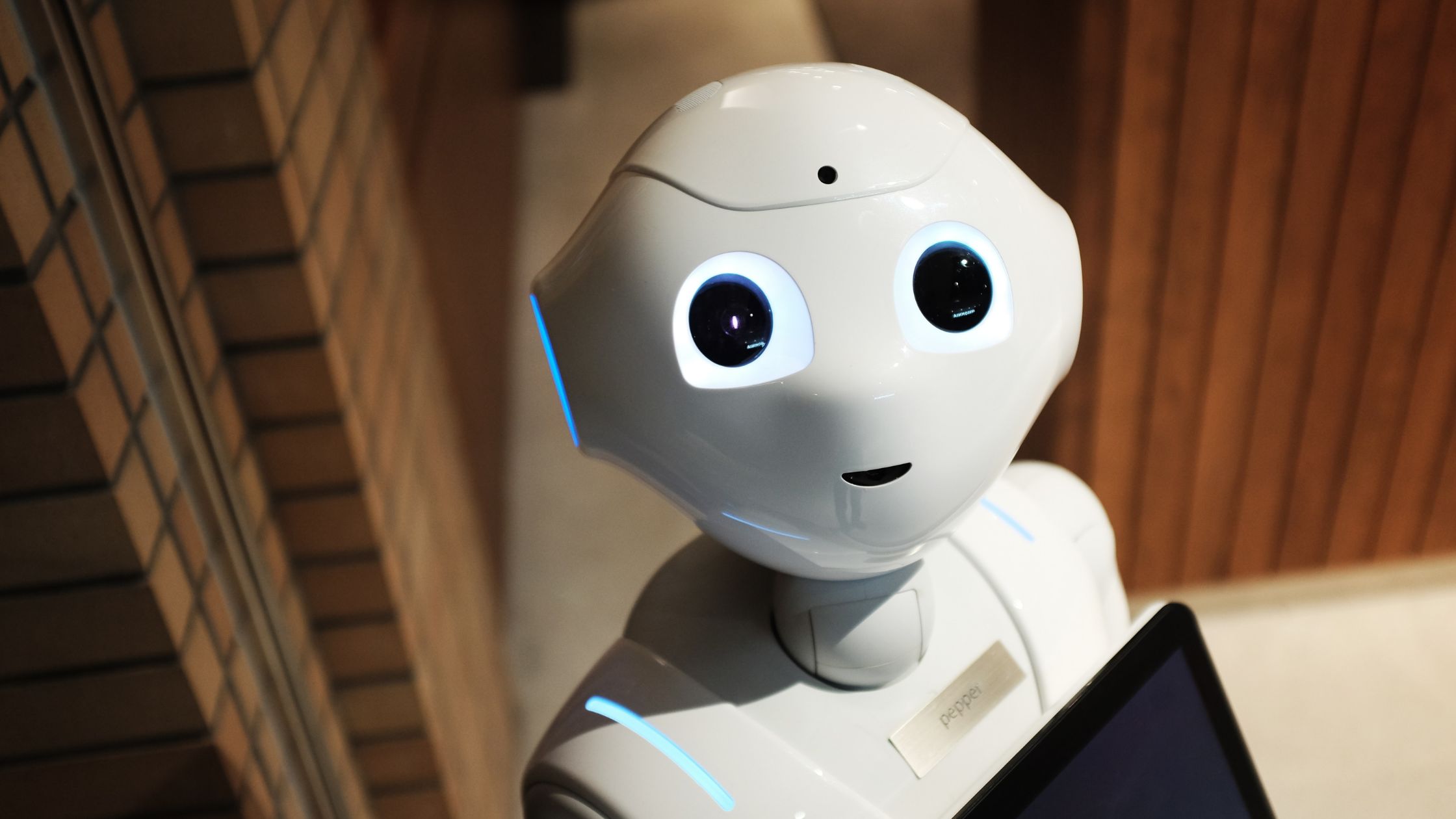The rapid advancement of technology has brought robotics and automation to the forefront of discussions about the future of work. As industries continue to embrace automation and invest in robotics, there is growing concern about the potential impact on the global workforce. Will robots replace human jobs, or will they create new opportunities? This article will explore the current state of robotics and automation, their potential impact on the workforce, and the ways in which society can adapt to these changes.
The Rise of Robotics and Automation:
Robotics and automation have come a long way in recent years, with increasingly sophisticated systems being developed for a wide range of industries. From manufacturing to healthcare, logistics to agriculture, robots are becoming more capable of performing complex tasks with greater efficiency than their human counterparts.
In manufacturing, for example, robotics have become a staple in assembly lines, significantly reducing production time and costs. In healthcare, robots are now assisting in surgeries, improving precision and reducing the risk of complications. Even in fields like agriculture and logistics, drones and autonomous vehicles are being employed to optimize efficiency and reduce human error.
The Impact on the Workforce:
The integration of robotics and automation into various industries has raised concerns about job displacement. As robots become more adept at performing tasks previously done by humans, it is natural to worry about the implications for the workforce.
However, it is important to consider that while some jobs may be lost to automation, new opportunities will also emerge. Robotics and automation can create new jobs in fields like programming, engineering, and maintenance. Furthermore, as robots take over more mundane and repetitive tasks, human workers can focus on higher-skilled, more fulfilling roles.
Adapting to the Future Workforce:
To prepare for the workforce of the future, it is crucial to invest in education and training programs that equip people with the skills required for an increasingly automated world. This includes not only technical skills but also soft skills such as creativity, problem-solving, and adaptability.
Governments, educational institutions, and businesses should work together to develop curricula that reflect the changing needs of the labor market. This may involve emphasizing STEM (Science, Technology, Engineering, and Mathematics) subjects, as well as fostering a culture of lifelong learning to ensure that workers can continuously adapt to new technologies.
The rise of robotics and automation has the potential to reshape the workforce in significant ways. While some jobs may be lost to automation, new opportunities will also arise as technology continues to advance. By investing in education and training programs that equip people with the necessary skills, society can better prepare for the future of work and ensure that the benefits of robotics and automation are shared by all.








